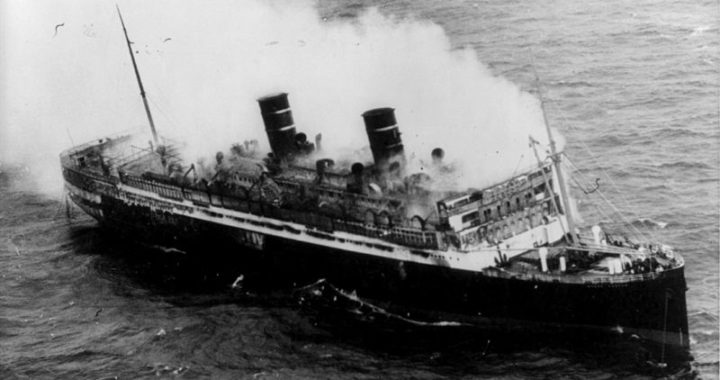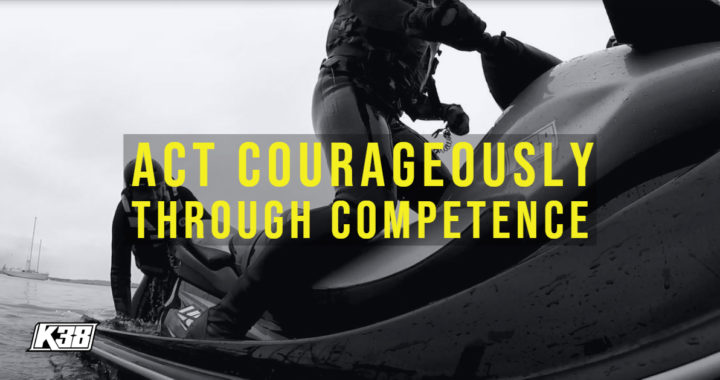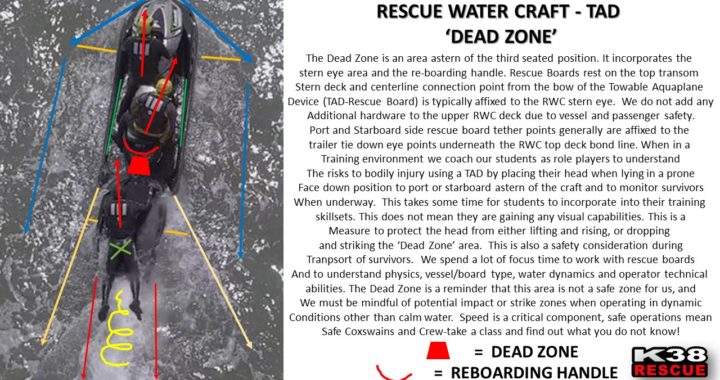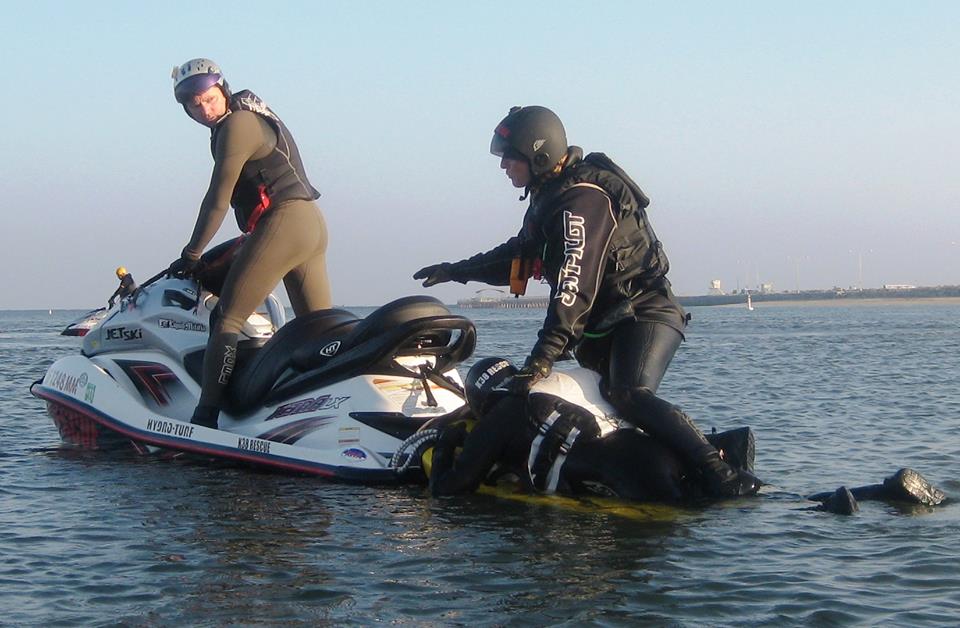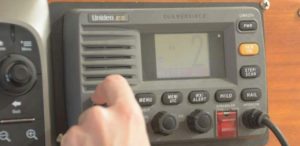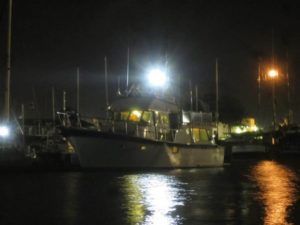Tragedy Becomes Us.
Ahoy fellow Coxswains! How well versed are you in maritime law? Are you familiar with SOLAS? Are you familiar with the tragedies that led up to some of the SOLAS measures we enjoy today?
Remember, lives are often lost before we learn the value of risk. Lots of talk about risk management, but how ingrained is it as an action with your marine unit?
Same thing happens in our Rescue Water Craft community. Mainly because we have people who have assumed the helm but they are not mariners. If you are under the guide of a leader who does not understand maritime laws and rules, you may be at risk for a mishap and worse. Its time now for those who are not familiar with boating to get educated, and I mean now.
Perhaps someday you respond to a ship disaster at port within your jurisdiction or for mutual aid. Or from a fire, grounding or explosion due to terrorism. Or from a ship in distress (SOS) berthed outside the jaws of a harbor or along a pier in port.
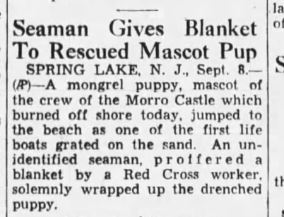
ANIMAL RESCUE
Consider the disaster of the Morro Castle and how you would apply your own safety features for response. Would you deploy or not go? By studying historical events you can determine these measures as training guidelines and set up skills that could be practiced. Maybe you determine your'no-go' policy by review of maritime incidents!
Keeping in mind the practice of personal safety and leadership guidelines. Is it safe to go? Do you know what to do? Do you have the right asset?
The first thing you can do is question your instructors and the training platform presented to you. Does the program stack up to maritime rule and law and the best practices?
If not, you need to go around them and educate yourself to protect yourself from gross negligence. Let's take a close look at this disaster and the sequence of events.
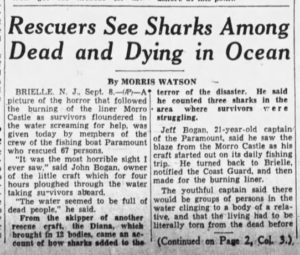
The Threat of Marine Life During Maritime Disaster
Regarding this tragedy, we should all be familiar with as professional boaters because of the term 'risk management'. Many disasters at ports or at sea or training have been reported through the years and are offered for your easy access to view online.
Risk management and mitigation are terms used frequently, but do you know their origins and practical reminders for your unit today? It is a cornerstone of safety at sea practices. But remember those are bare minimums, for us we need to have exceptional standards and instructors who deliver appropriate content. Nobody dies on our watch.
SOLAS
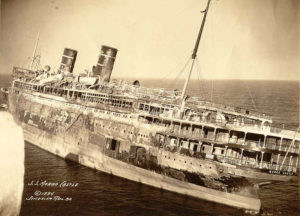
Regarding Admiralty Law: The International Convention for the Safety of Life at Sea (SOLAS) is an international maritime treaty which sets minimum safety standards in the construction, equipment and operation of merchant ships. The convention requires signatory flag states to ensure that ships flagged by them comply with at least these standards.
The current version of SOLAS is the 1974 version, known as SOLAS 1974, which came into force on 25 May 1980. SOLAS in its successive forms is generally regarded as the most important of all international treaties concerning the safety of merchant ships.
The first version of SOLAS Treaty was passed in 1914 in response to the sinking of the RMS Titanic, which prescribed numbers of lifeboats and other emergency equipment along with safety procedures, including continuous radio watches. The 1914 treaty never entered into force due to the outbreak of the First World War.
NEVER FORGET
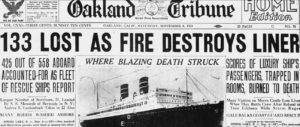
The devastating fire aboard the Morro Castle was a catalyst for improved shipboard fire safety. Today, the use of fire-retardant materials, automatic fire doors, ship-wide fire alarms, and greater attention to fire drills and procedures resulted directly from the Morro Castle disaster.
The tragedy spurred the U.S. Congress to pass various maritime laws designed to prevent future disasters and to U.S. acceptance of the International Convention for the Safety of Life at Sea (SOLAS) treaty, which is generally regarded as the most important of all international treaties concerning the safety of merchant ships.
If we respect our history, we shall not repeat it. But if ignorance of history and a disrespect for the lives lost before our watch, we may repeat failed behaviors.
Education is the way to stay ahead of mishaps, coupled with personal discipline and a conviction to safety for all.
Now, get out those books and lets start studying!
__________
Posted 1.12.2019
Have any questions? Join the Rescue Water Craft Association
and discover what your community is doing to modernize standards, safety and reduce liability!
Join the Rescue Water Craft Association
Content Creator: Shawn Alladio cares most about her community and the culture surrounding the safety of event service providers and Rescue Water Craft operators, working hard and dedicated towards protecting their reputation, distributing safety information and continuing to train these amazing individuals to the highest standards of care.
Use at your own risk. Please take a qualified Rescue Water Craft training course and maintain proper records and respect all the PWC, RWC, PPE, and gear OEM manufacturer warning labels and cautions.
